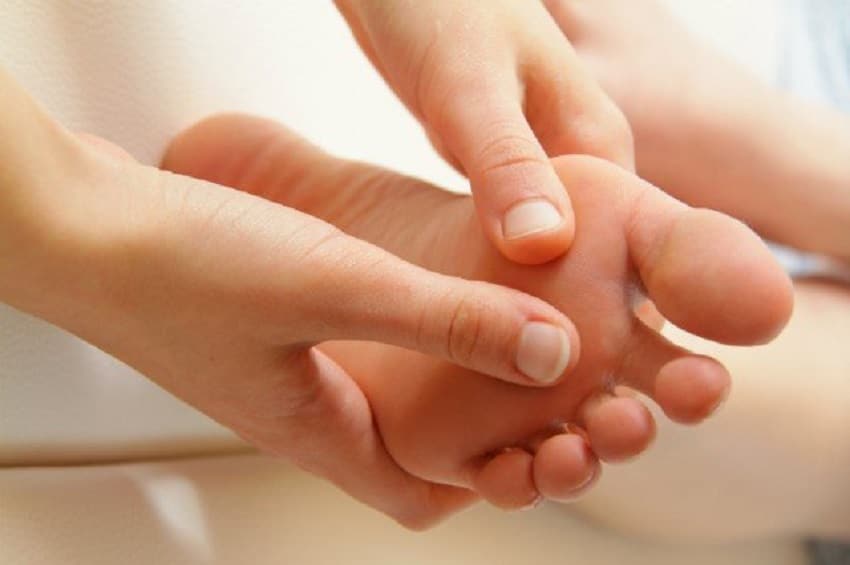What’s diabetic peripheral neuropathy?
Diabetic peripheral neuropathy is really a condition brought on by lengthy-term high bloodstream sugar levels, which in turn causes nerve damage. Many people won’t have any signs and symptoms. However for others signs and symptoms might be debilitating.
Between 60 and 70 % of individuals with diabetes have some type of neuropathy, based on the National Institute of Diabetes and Digestive and Kidney Illnesses.
Peripheral neuropathy, the most typical type of diabetic neuropathy, affects the legs, ft, toes, hands, and arms.
Many people don’t know they have diabetes. People not aware of the diabetes might not know what’s causing a few of the unusual sensations they’re experiencing.
What can cause nerve damage?
Nerve damage is caused by high amounts of bloodstream glucose over lengthy amounts of time. It’s not entirely obvious why high blood sugar levels damage nerves.
Numerous factors are likely involved in nerve fiber damage. One possible component may be the intricate interplay between your bloodstream vessels and nerves, based on the Mayo Clinic.
Additional factors include high bloodstream pressure and levels of cholesterol and nerve inflammation.
Diabetic peripheral neuropathy usually first seems within the ft and legs, and could occur in the possession of and arms later.
Feeling numbness
A typical characteristic of diabetic peripheral neuropathy is numbness. Many times you be not able to feel your ft while walking.
Other occasions, both hands or ft will tingle or burn. Or it might seem like you’re putting on a sock or glove when you are not.
Shooting discomfort
Many times you experience sudden, sharp pains that seem like an electric current. Other occasions, you might feel cramping, like when you are grasping something similar to a bit of silverware.
Additionally you may sometimes unintentionally drop products you’re holding because of diabetic peripheral neuropathy.
Lack of balance
Walking having a shaky motion or perhaps losing balance migh result from diabetic peripheral neuropathy. Putting on memory foam footwear frequently aids in this.
Lack of coordination is a very common manifestation of diabetic peripheral neuropathy. Frequently, muscle weakness affects the ankle, which could affect your gait. Numbness within the ft may also lead to lack of balance.
My feet looks funny
Your feet may start to look deformed. This is actually the consequence of unusual shifts in weight brought on by walking abnormally and losing nerve function, which could modify the muscles.
One sort of deformity is known as hammertoe. It happens when among the three toes between your great toe and also the little foot becomes misshapen in the joints.
Why shall we be held sore?
You might start to notice blisters or sores in your ft that you simply can’t explain. Maybe you hurt yourself and didn’t feel it at that time.
Sometimes you do not feel discomfort or injuries due to the nerve damage. This is very harmful. For instance, you can scald yourself with warm water because you’re not able to feel a discomfort reaction to heat.
Cold and hot
Diabetic peripheral neuropathy may also result in exaggerated sensations. Holding a mug of warm coffee may go through shateringly hot. This may also hurt when you aren’t cold hands touches you. As well as your hands or ft may go through cold or hot without no reason.
When discomfort affects sleep
Diabetic peripheral neuropathy frequently worsens during the night. You might hurt a lot that a bed sheet feels very heavy or painful. This makes it difficult to go to sleep or sleep during the night.
Take proper care of yourself
You will be able to manage your problem with your doctor and using the proper medication.
Limit alcohol and steer clear of tobacco for those who have diabetic peripheral neuropathy. These substances may worsen signs and symptoms.
Good diet is essential, as vitamin deficiencies can exacerbate the problem. Individuals on metformin should speak with their physician in regards to a vitamin b complex-12 supplement.
Unchecked wounds could possibly result in infections that may sometimes spread towards the bones. And infection within the bones can result in amputation of ft and toes.
Make certain the thing is your physician regularly and immediately deal with any sores you see.

